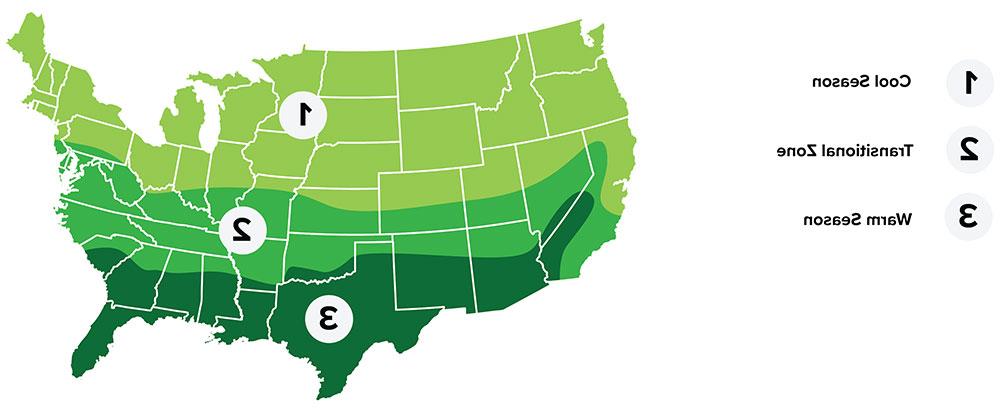
ENGELMANN DAISY
Summary
The Engelmann Daisy, a distinguished member of the aster family, stands out with its characteristic features, including a basal rosette of deeply lobed leaves, reduced stem leaves, and striking yellow ray and disk florets. This native perennial thrives across much of the southern plains and the western region of Oklahoma, adding a splash of color and charm to diverse landscapes.
Adapted to a range of soil types, Engelmann Daisies are commonly found in loamy soils derived from limestone as well as sandy soils. Their versatility in soil preferences further contributes to their widespread distribution and success in various habitats.
Renowned for their resilience and self-reliance, Engelmann Daisies are favored choices in landscape design. Their ability to thrive with minimal maintenance makes them valuable additions to gardens, roadside plantings, and naturalized areas. Whether in formal landscapes or wildflower meadows, these daisies bring enduring beauty and vitality to the scenery.
Beyond their ornamental value, Engelmann Daisies play a crucial role in supporting local ecosystems by providing nectar and pollen for pollinators, including bees, butterflies, and other beneficial insects. Their presence contributes to the health and biodiversity of the surrounding environment, underscoring their importance in ecological conservation efforts.
Overall, Engelmann Daisies exemplify the resilience and beauty of native flora, captivating gardeners and nature enthusiasts alike with their hearty nature and vibrant blooms. As stalwart symbols of the southern plains, they continue to inspire appreciation for the natural world and the invaluable role of native plants in sustainable landscaping practices.
Be sure to check out our wide selection of native wildflowers!
Learn more about wildflowers in our “Growing with Us” podcast!
Plant Characteristics
Taxonomy
Zone
- Regional Growing Zone
- 5 - Midwest, 11 - South Texas, 12 - Southwest
- USDA Plant Hardiness Zones
- 5, 6, 7, 8, 9, 10
- Temperature Zone
- Warm, Cool, Transitional
Plant Characteristics
- Bloom Period
- Spring - Early-Fall
- Bloom Color
- Yellow
- Bloom Description
yellow ray and disk florets
- Leaf Color
- Green
- Leaf Description
basal rosette of pinnatifid leaves
- Growing Cycle
- Perennial
- Growth Habit
- Bunch-Type
- Sun Requirement
- Full Sun, Partial Sun
Plant Information
- Planting Season
- Fall - Winter
- Plant Depth
- .25"
- Establishment
- Easy
Seed Information
- Seeds Per Pound
- 14,000
- Kingdom
- Plantae
- Subkingdom
- Tracheobionta
- Super Division
- Spermatophyta
- Division
- Magnoliophyta
- Class
- Magnoliopsida
- Subclass
- Asteridae
- Order
- Asterales
- Family
- Asteraceae
- Genus
- Engelmannia
- Species
- Engelmannia peristenia
Coverage Area & Available Sizes
Applications
Popular for landscaping, Engelmann’s Daisy easily reseeds. Drought resistant due to its deep taproot. Cutting the plant back late in the summer may promote additional blooms.
High protein content makes this cool season native popular for wildlife as it is available earlier in the year than warm season forage.
Commonly planted for erosion control.












